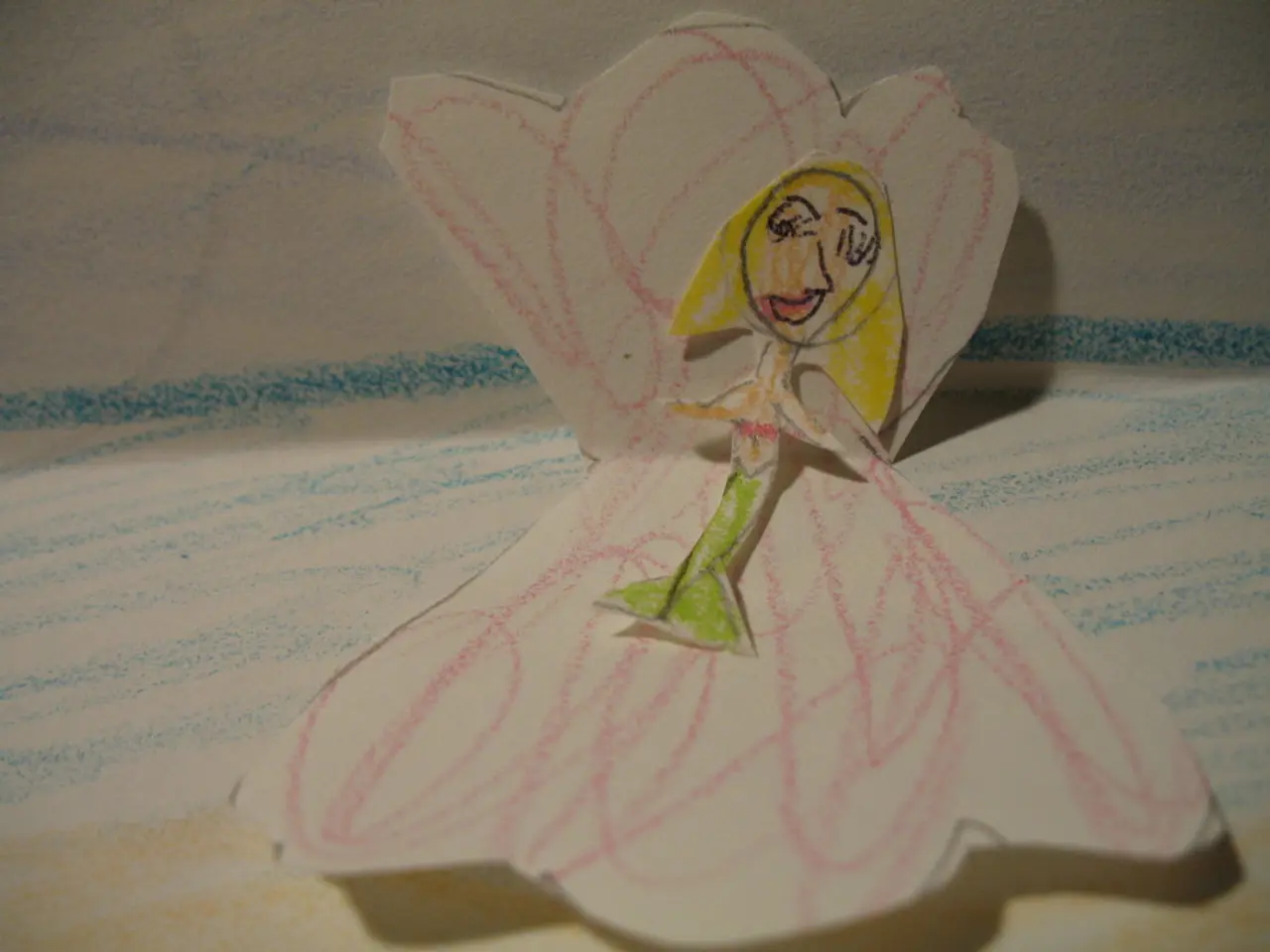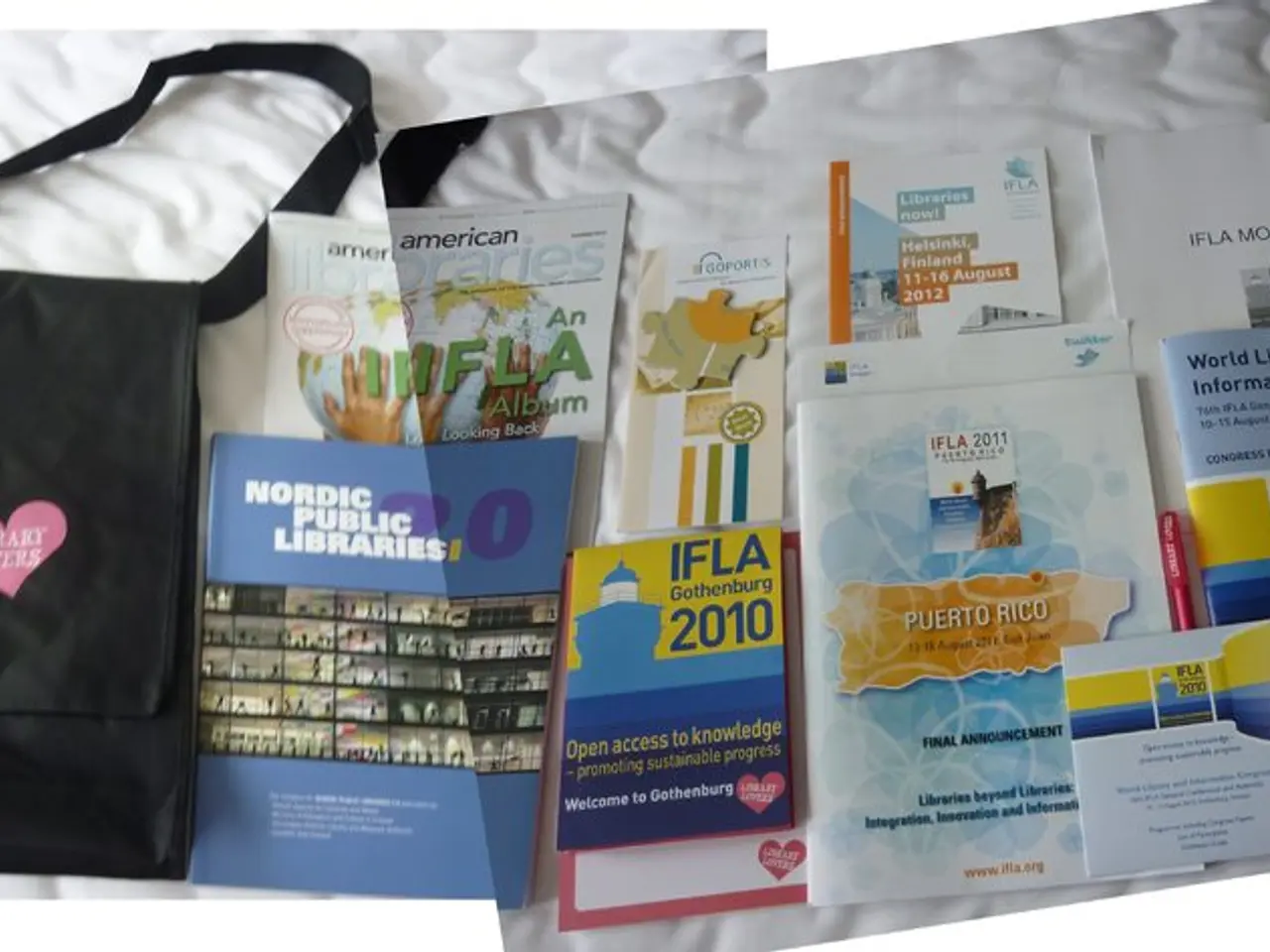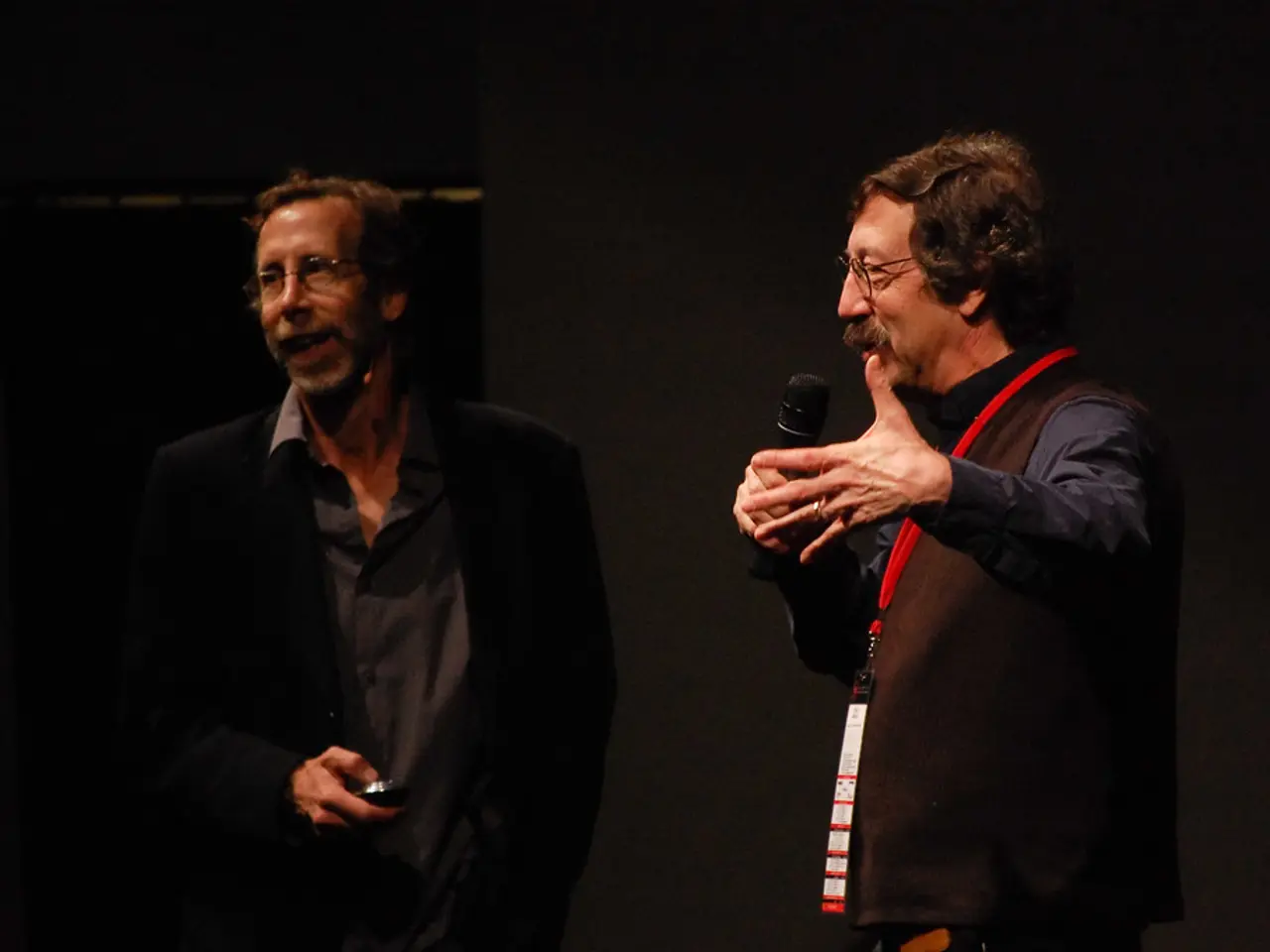Beauty in Penmanship: The Intersection of Artistry and Writing Style
In the realm of art and design, calligraphy has long held a place of reverence, its roots tracing back to ancient civilizations. Derived from Greek words meaning "beautiful writing," calligraphy has evolved over centuries, adapting to the times and embracing modern techniques.
Today, modern calligraphy encompasses a diverse array of styles, each with its unique characteristics and techniques. One of the most popular forms is brush lettering, which mimics traditional brushwork using modern tools like brush pens. This style is known for its fluid, dynamic strokes and the ability to vary line widths, creating a look that is both contemporary and timeless.
Another popular style is faux calligraphy, or "fauxigraphy." This innovative approach uses ordinary writing tools to create calligraphic effects by manually adding flourishes and varying line widths. This accessible method is perfect for beginners who want to experiment with calligraphy without investing in specialized tools.
Modern handwriting also finds a place in the modern calligraphy landscape. This style combines elements of traditional handwriting with a modern flair, resulting in rounded letters, minimal flourishes, and a focus on readability. By preserving the natural flow of handwriting while adding elegance through letterform design, this style offers a unique balance between the traditional and the contemporary.
Pointed pen calligraphy, a traditional method that has seen a resurgence, uses a pointed nib to create varying line widths. This style is known for its dramatic flair and requires skillful control over the nib to achieve precise strokes and expressive lettering.
Digital calligraphy, a relatively new addition to the calligraphy world, uses digital tools to create calligraphy. This style allows for greater precision and editability, making it a popular choice for both professionals and hobbyists.
The resurgence of calligraphy in the digital age has opened up new opportunities for artists. Calligraphy can now be monetized by creating personalized letters, stickers, diaries, invitations, engraving items like bottles, watches, and glasses, or teaching the art. Social media platforms like Instagram have played a significant role in this revival, with accounts like @mr_tank_calligraphy, @sharifaslove, @calliscript, @letteringbuff, and @avinash_caligraphy offering calligraphy inspiration and tutorials.
The history of calligraphy is a rich tapestry, with influences from various cultures. In India, calligraphy dates back to the Indus Valley Civilization, evolving through scripts like Brahmi and Gupta. The Islamic influence during the Delhi Sultanate and Mughal periods introduced Persian styles, creating unique Indo-Islamic forms. Calligraphy has also influenced neighboring cultures in Japan and Korea.
In conclusion, modern calligraphy offers a vibrant and dynamic canvas for artists and designers. Whether you are a beginner or a seasoned artist, there is a style that suits your creative needs. With the rise of digital tools and social media, calligraphy is experiencing a resurgence, offering a wealth of opportunities for those who wish to explore this ancient art form.
Calligraphy, now embracing modern techniques, extends its reach into diverse realms such as business, where personalized letters and invitations can create a unique brand identity. In the realm of home-and-garden, calligraphy adorns items like diaries, engraved bottles, watches, and glasses, enhancing their aesthetic appeal and lifestyle value.




